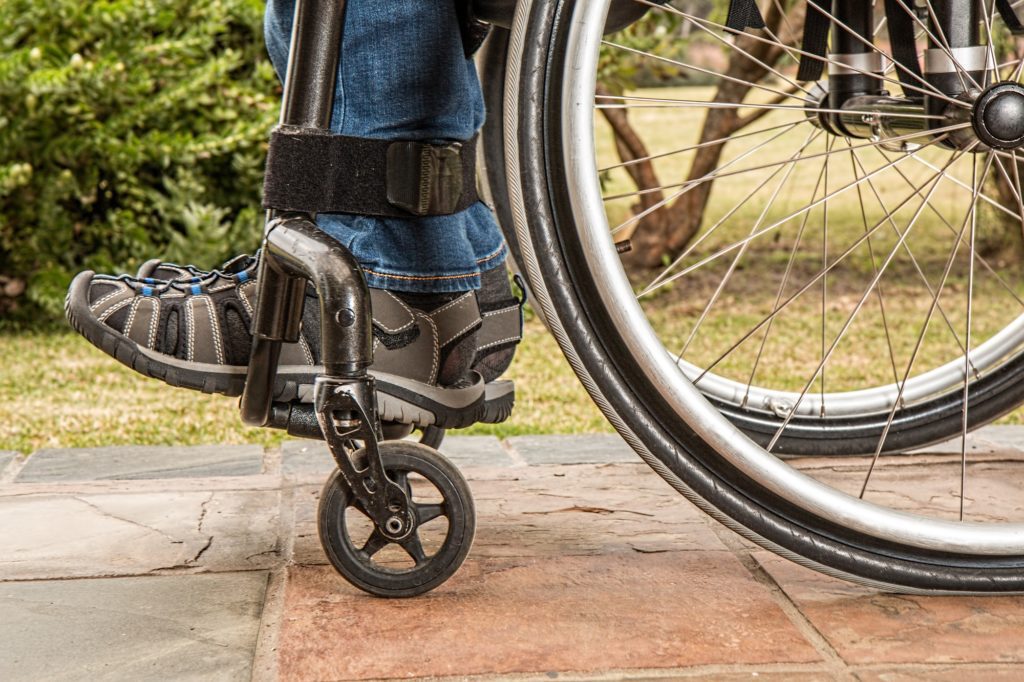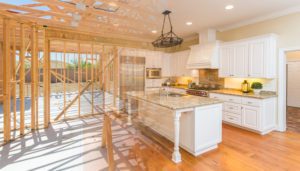Did you know that almost 15% of people worldwide suffer from a disabling condition, and 46% of people over 60 years old have disabilities? If you’re planning on aging in place, making sure your home is ADA compliant could make your later years easier and more comfortable.
ADA compliance and accessibility at home make any disabled family member’s quality of life better. It can make your life better too once you’ve gotten older, as it makes getting around your home simpler without the stress.
If you’re left wondering, “what do I need to be ADA compliant at home?” We can help you figure out what you need. Read on to find some tips to help you figure out what the requirements to meet ADA home expectations are and how to implement ADA requirements in your home.
Open Floor Plans
An open floor plan is a common ADA requirement, as it allows those in wheelchairs to move around without issue. Narrow hallways and doors can be a massive barrier for people in wheelchairs as they can’t maneuver around as easily. Wheelchairs are also quite wide, so maneuvering around corners and through doorways can be challenging.
Having that open floor plan can do a lot of good for those who aren’t disabled as well, as wide open spaces can make a home feel much larger. It can also make getting around easier even if you aren’t in a wheelchair since there are no extra walls, and you can get anywhere you’re going with ease.
ADA Bathroom Plans
An ADA-compliant bathroom is a must. Most bathrooms are not accessible due to walls on the tub, a lack of space, and mirrors you can’t see in without standing.
A large, walk-in shower flush with the floor is an excellent addition to any bathroom. It allows folks in wheelchairs to roll right in and need less assistance with showering, giving them a much-needed sense of independence.
A walk-in shower is helpful for older people as well. As you age, you may lose your balance, and stepping over a tub wall may become a hazard, but your risk of falling drops dramatically if there’s no wall.
Your toilet may not be ADA compliant either. The toilet must be at least 60 inches wide and 17-19 inches tall. If you want to replace your toilet with an ADA compliant one, many home improvement stores carry toilets specifically marked as ADA compliant.
ADA Kitchen Designs
Kitchens are never ADA compliant without being redone. Most appliances are too high, with controls people can’t reach. For example, stoves with the controls at the back require you to reach over a hot surface, and those in a wheelchair can’t even touch the controls.
To create an accessible kitchen in ADA homes, the stove needs to have its controls up front. This change and other changes to appliances are necessary for an ADA-compliant kitchen. Luckily, tons of appliances are made specifically to comply with ADA standards, and there are several places online for you to see a catalog of accessible kitchen appliances.
How to Get Started With ADA Compliance and Accessibility at Home
If you’re ready to start remodeling your home to be ADA compliant but don’t want to do it alone, get a free quote for your project! We can create ADA compliant homes, and remodel your whole house or just one room, depending on what you need.
If you want to learn more about what it takes to create ADA compliance and accessibility at home, we can help with that as well. Read about all the benefits and details of ADA-compliant houses on our website.













